Permanent Commission for the South Pacific and Island Conservation Sign MOU to Protect Marine and Coastal Areas in the Southeast Pacific (CPPS)
This historic agreement aims to protect the marine and coastal areas of the Southeast Pacific.
Our 2024 Impact Report is live!
Published on
November 8, 2018
Written by
Island Conservation
Photo credit
Island Conservation

Yelkouan Shearwaters (Puffinus yelkouan) are small black-and-white seabirds which breed and nest on islands throughout the Mediterranean. Tavolara Island, located off the coast of Sardinia, Italy is one of the most significant nesting grounds for the species and hosts an estimated one to two-thirds of the world population. Almost all known colonies of Yelkouan Shearwaters, including the population of Tavolara Island, face the same threat – invasive (damaging) species.
Invasive species have historically posed a serious threat to island wildlife with 86% of recorded extinctions linked to invasive species have occurred on islands. Since islands are home to 19% of the world’s avian biodiversity, this poses an even more serious threat to seabirds around the world and makes invasive species one of the leading causes of extinction for seabirds.
A monitoring program that took place from 2006 – 2011 found that all examined nests were predated by invasive rats and the only nests that remained safe were located on sheer cliffs which are inaccessible.
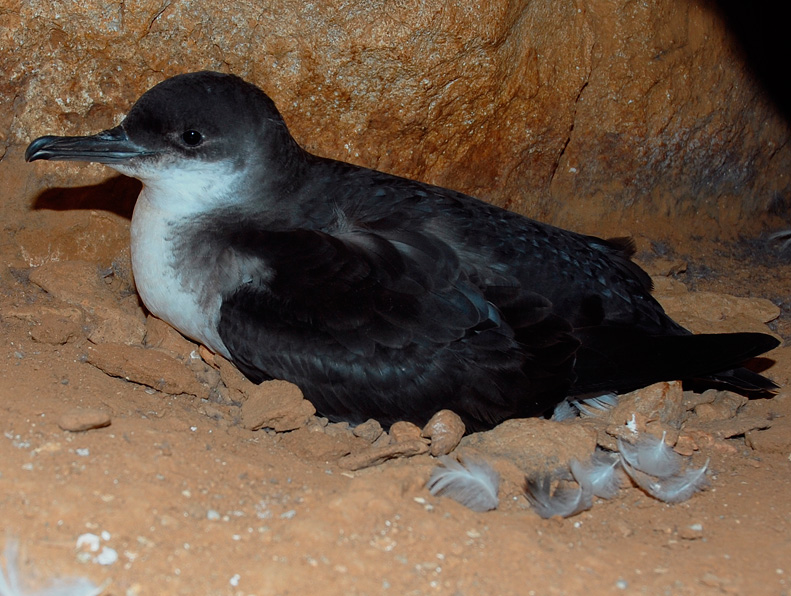
Luckily, there is new hope on Tavolara Island. Due to a conservation intervention by Città di Olbia, Life Puffinus Tavolara, Natura 2000, Ministero Dell’Ambiente E Della Tutela Del Terrirorio E Del Mare, Area Marina Protetta Tavolara Punta Coda Cavallo, Nature Environment Management Operators (NEMO), and Island Conservation to remove invasive rodents, the Yelkouan Shearwater population can now thrive once again.
Now that invasive rats have been removed from the island, researchers expect a 5,000-8,000 increase in the number of fledged juveniles each year. This is likely greater than the number of juveniles currently fledged each year by the global population of Yelkouan Shearwaters.
Although Yelkouan Shearwaters were considered to be the main focus of this restoration efforts, the project will also benefit other species that could potentially breed on the island including Mediterranean Storm Petrels (Hydrobates pelagicus melitensis) and Scopoli’s Shearwaters (Calonectris diomedea).
For decades, scientists have also suspected that the smallest mammal in the world, the Etruscan shrew (Suncus etruscus) which weighs 3 grams as an adult was present on the island due to its wide distribution on nearby islands. Despite extensive efforts, it was never detected prior to project implementation. There were signs of the species including bone remnants but no live shrews were found.
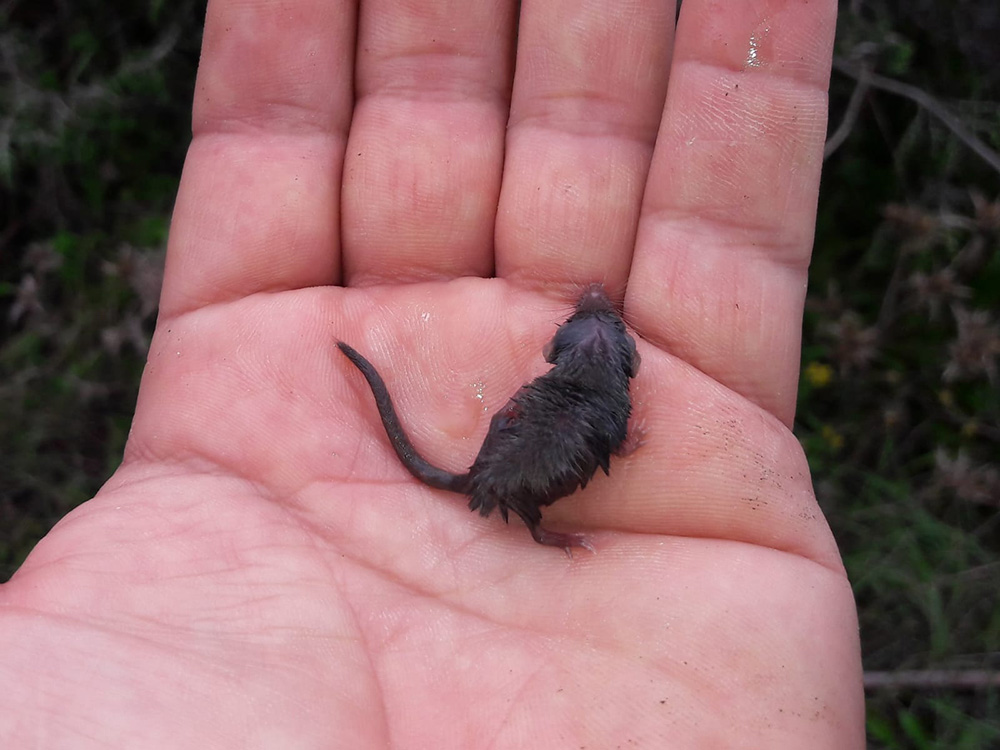
Now that the island is free of invasive rodents, our partners at Nature Environment Management Operators tried once more to locate the shrew and with great success, two shrews were captured. This is a great sign for the species since their elusive nature makes them difficult to catch, finding two suggests the species is thriving in the absence of invasive rodents.
The completion of this operation is an important stepping stone for island restoration projects in the region moving forward. Island Conservation has been proud to be a part of this project and looks forward to watching the island recover.
Check out other journal entries we think you might be interested in.
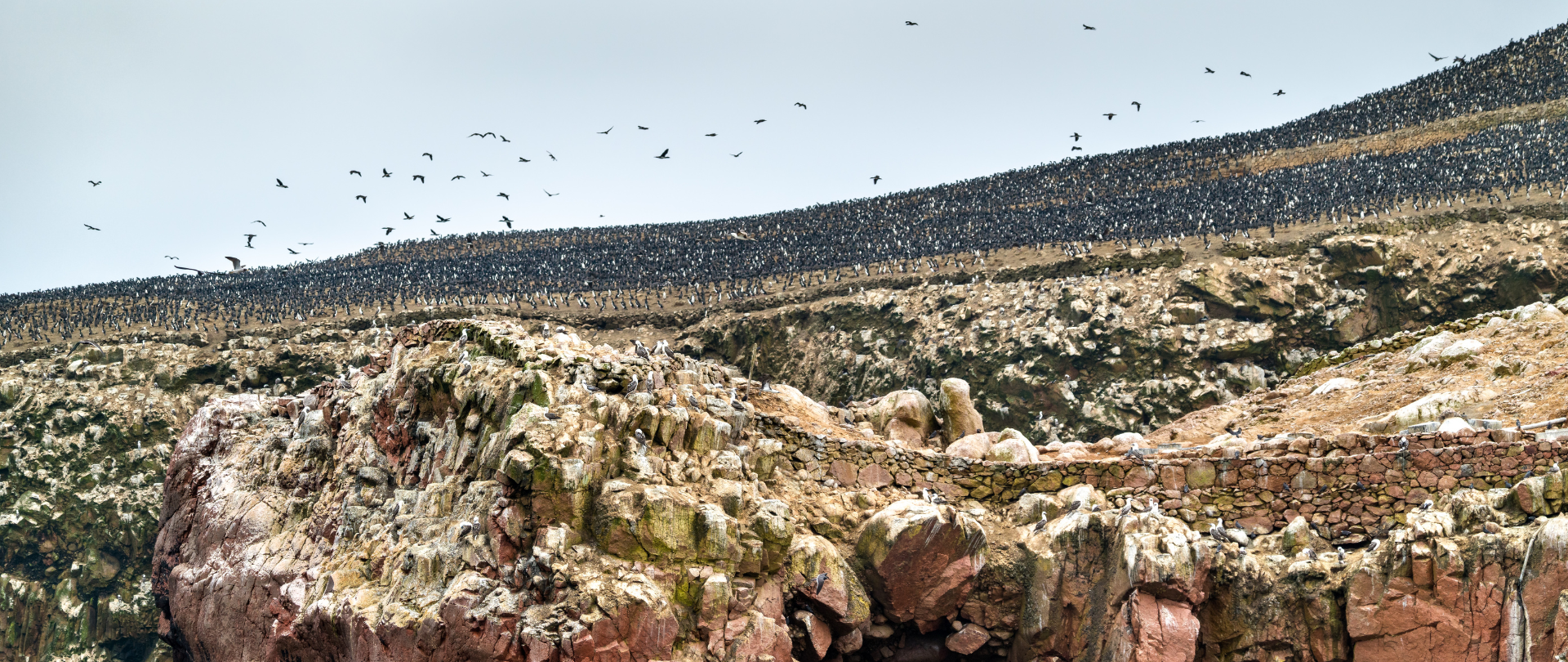
This historic agreement aims to protect the marine and coastal areas of the Southeast Pacific.
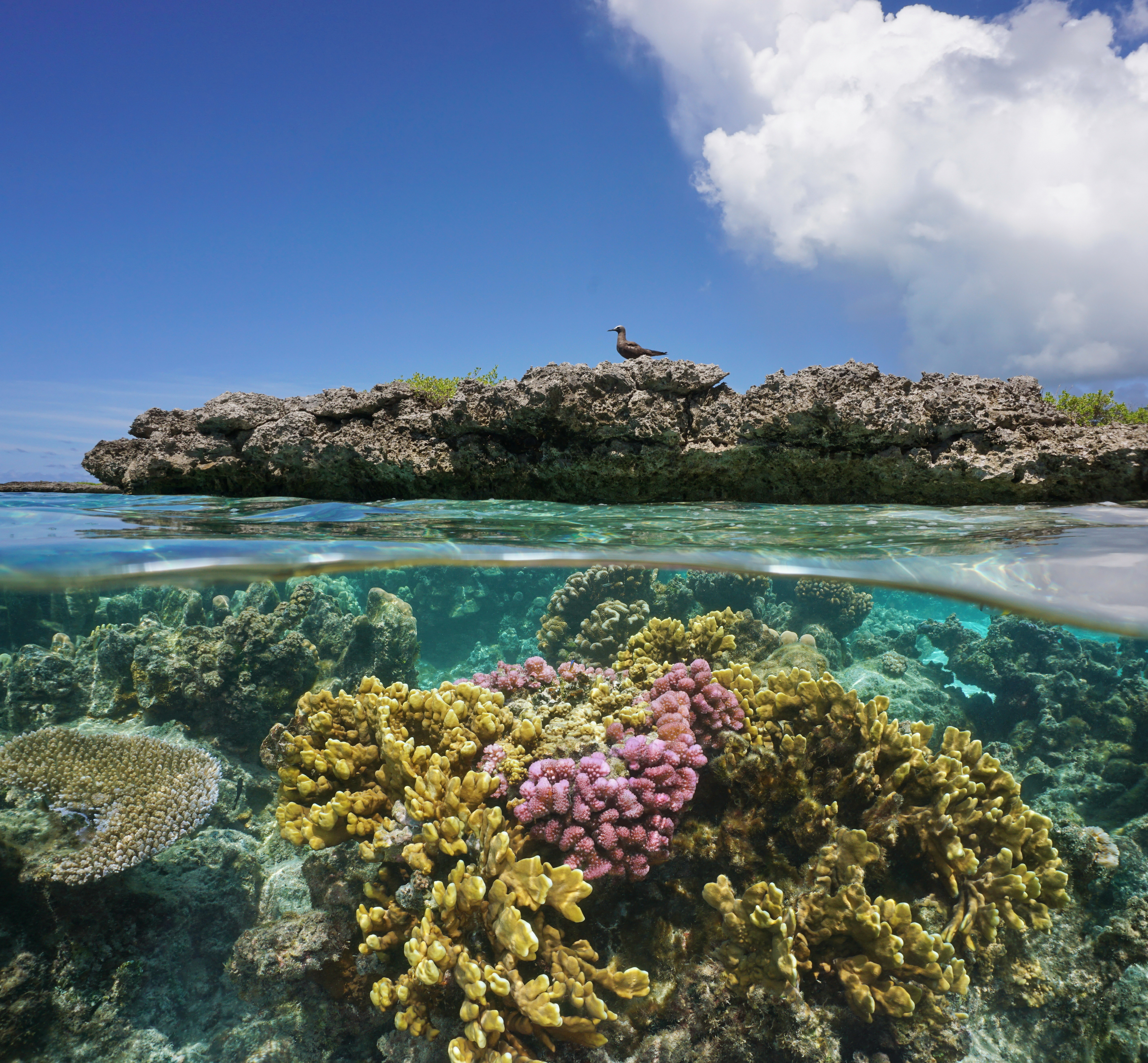
Our projects to restore key islets in Nukufetau Atoll forecast climate resilience and community benefits in Tuvalu!
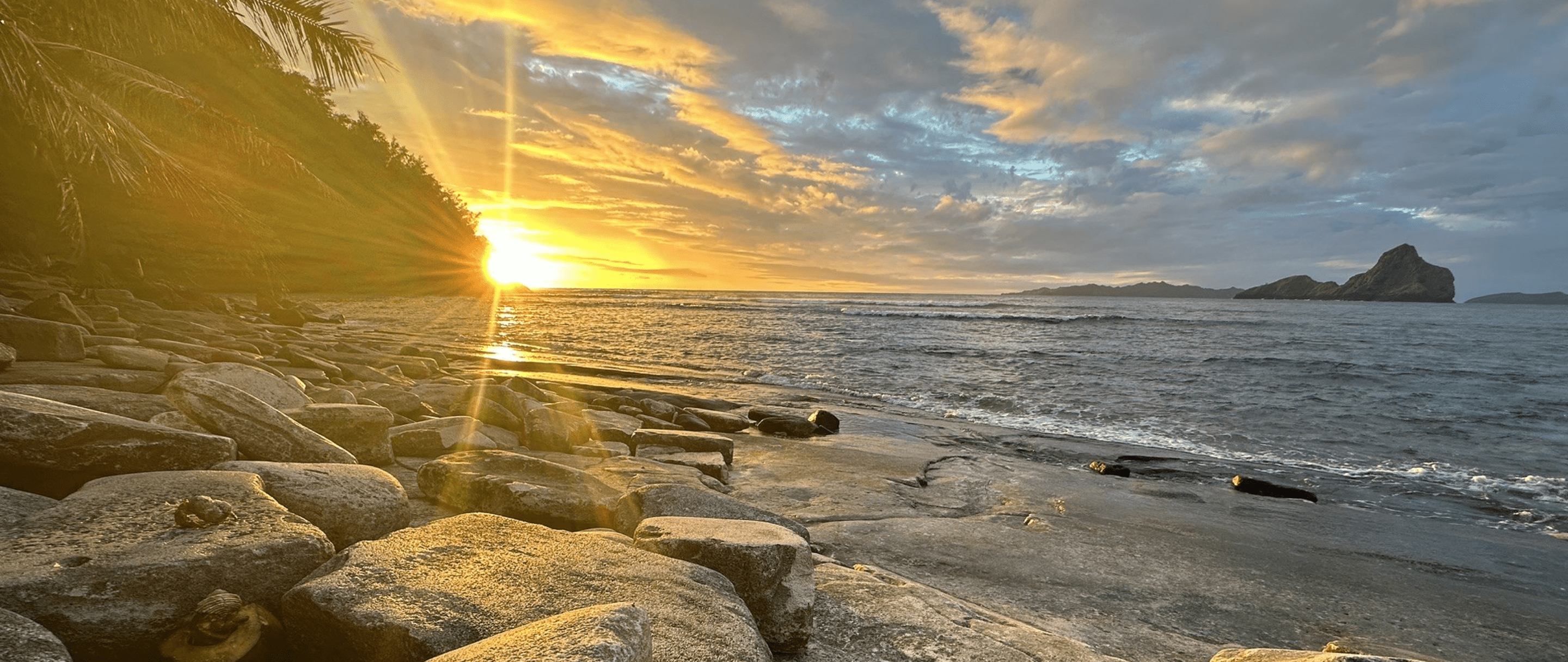
Endangered Polynesian storm-petrels returning to Kamaka Island, French Polynesia within one month of social attraction tools being deployed. Polynesian storm-petrels have not been recorded on Kamaka Island for over 100 years due to invasive rats. These seabirds are able…

Our new branding and website support our vision of a world filled with vibrant biodiversity, resilient oceans, and thriving island communities!
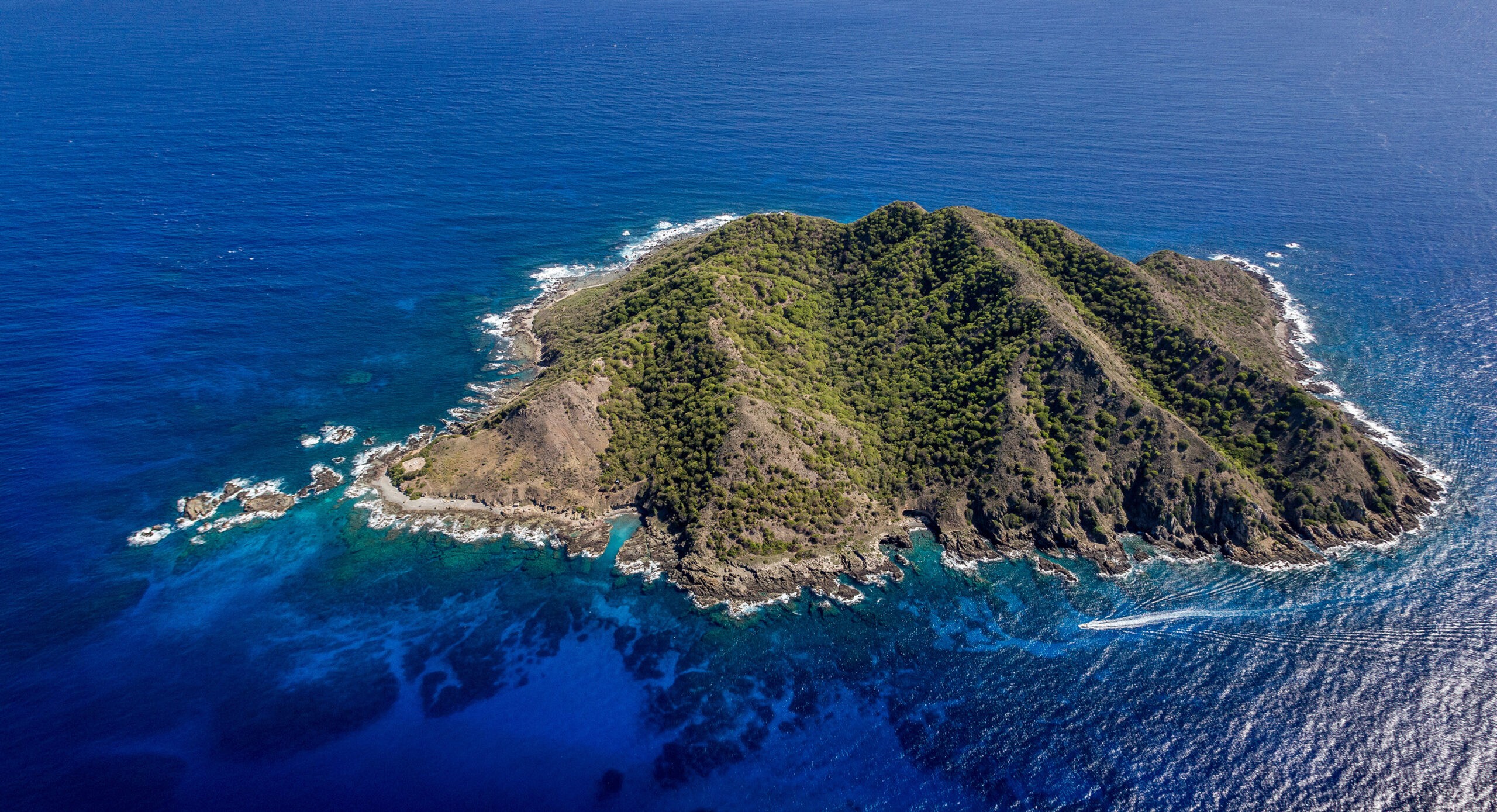
Audubon's Shearwaters are nesting on Desecheo Island for the first time ever! Read about how we used social attraction to bring them home.
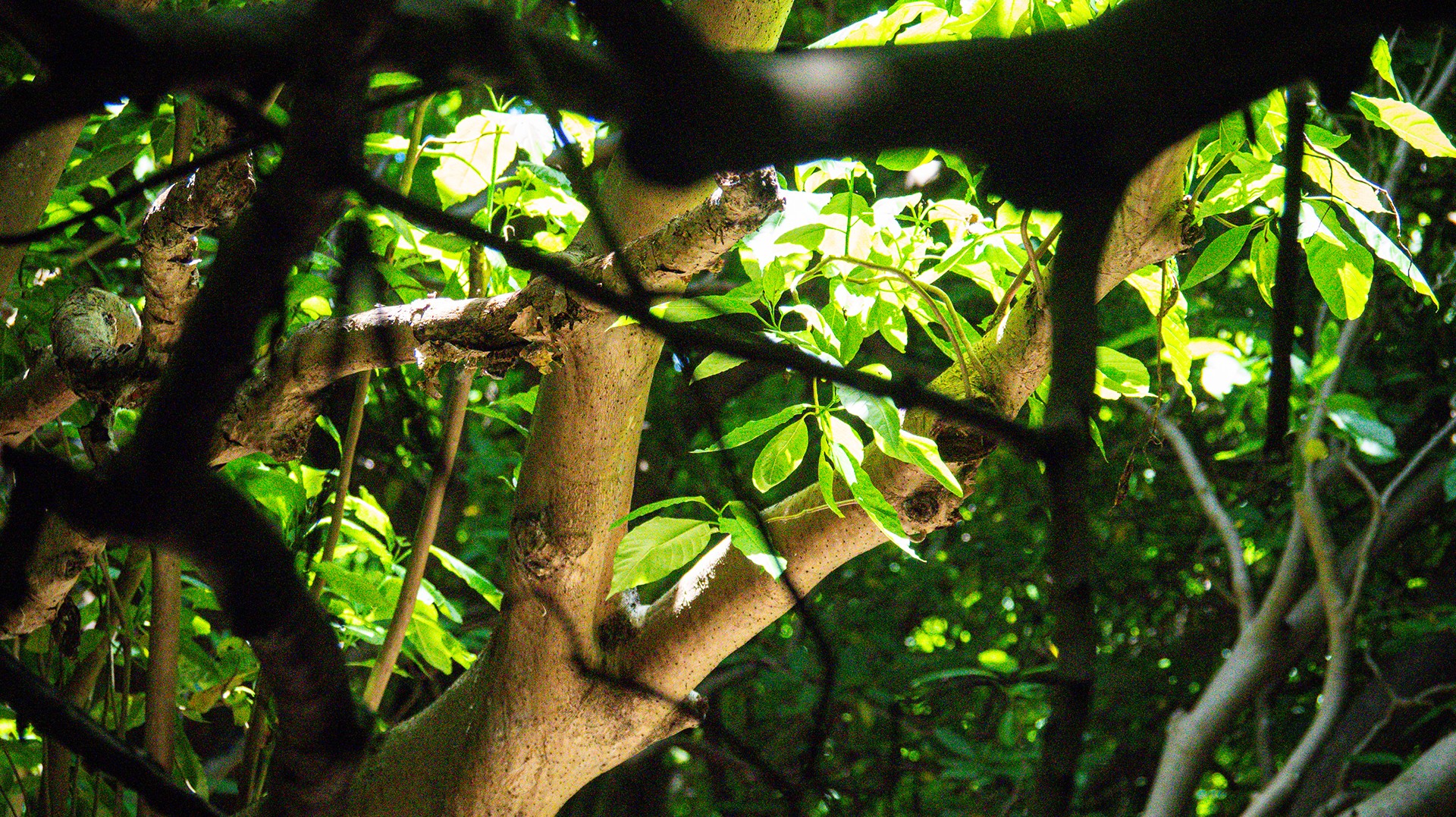
Island Conservation and partners have published a new paper quantifying ecosystem resilience on restored islands!
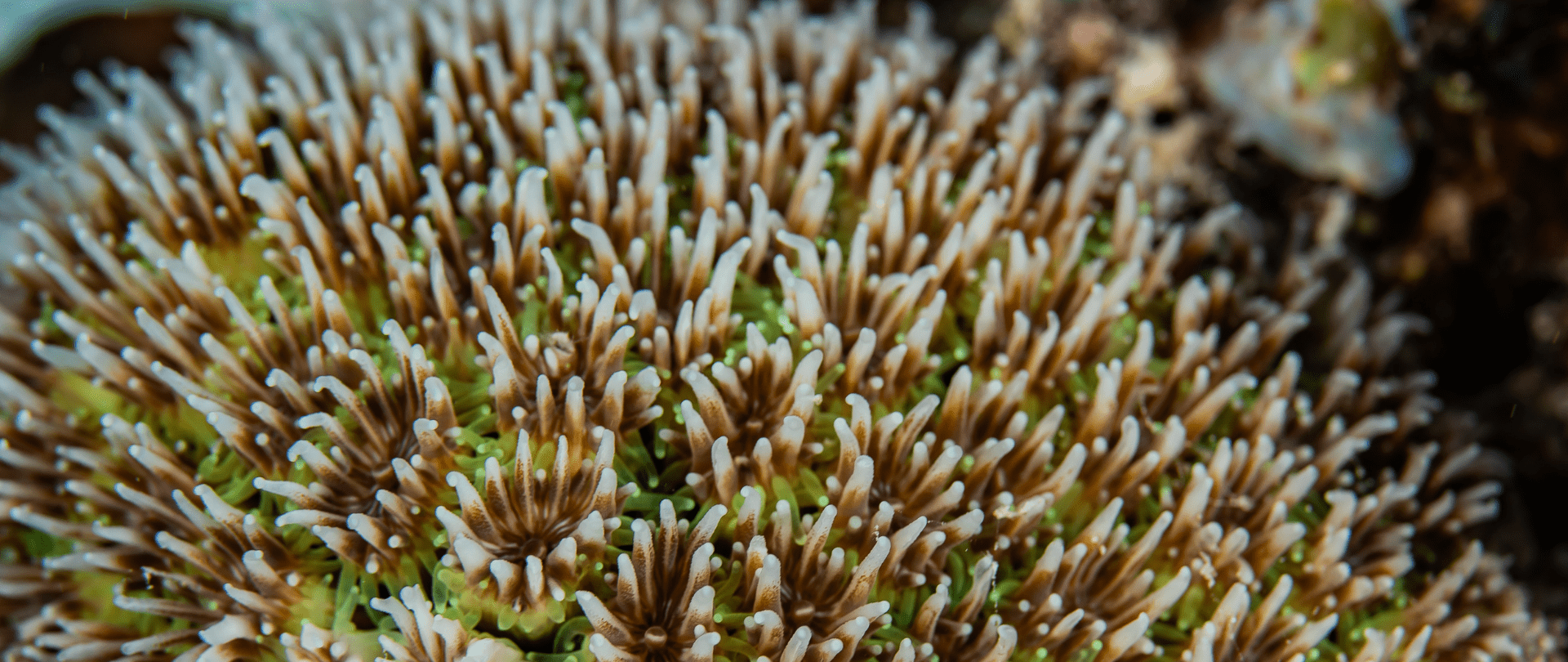
Climate Week NYC: what is it and why is it important? Read on to find out why Island Conservation is attending this amazing event!
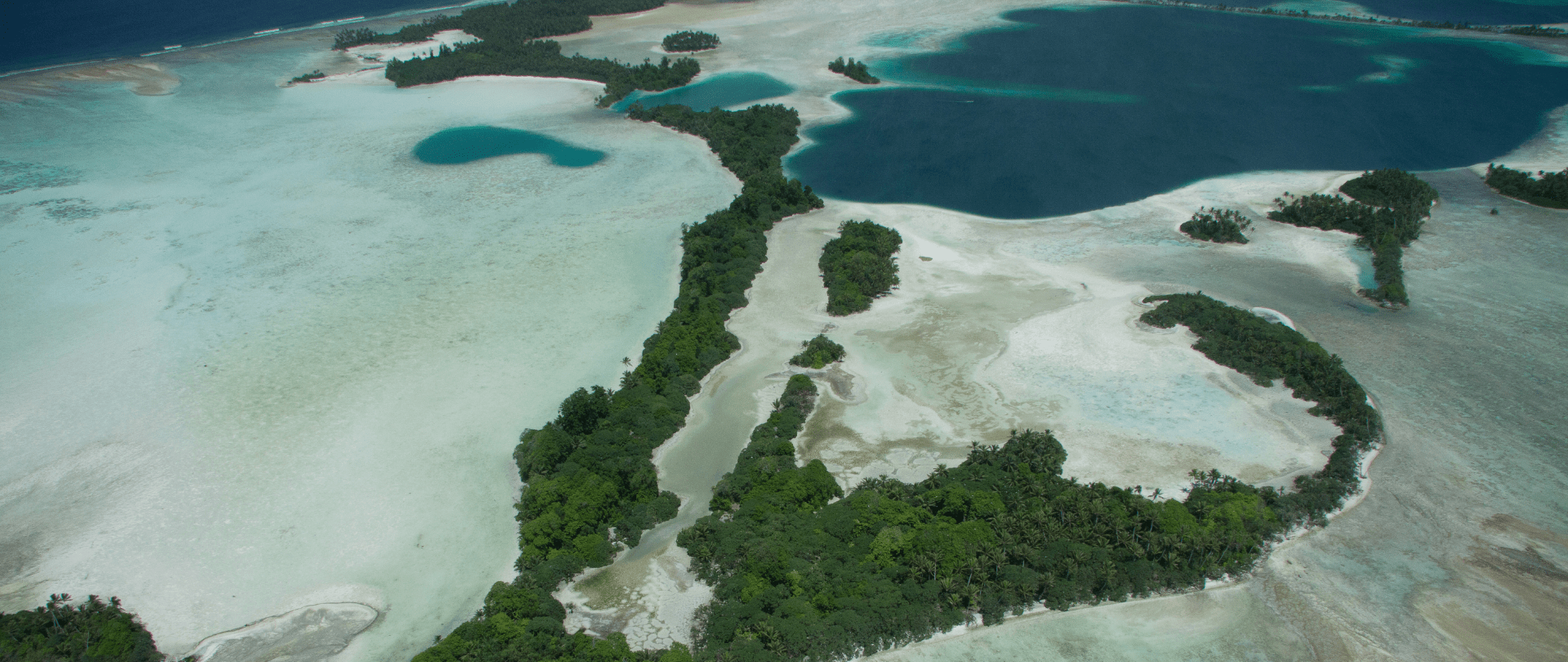
With sea levels on the rise, how are the coastlines of islands transforming? Read on to find out how dynamic islands really are!
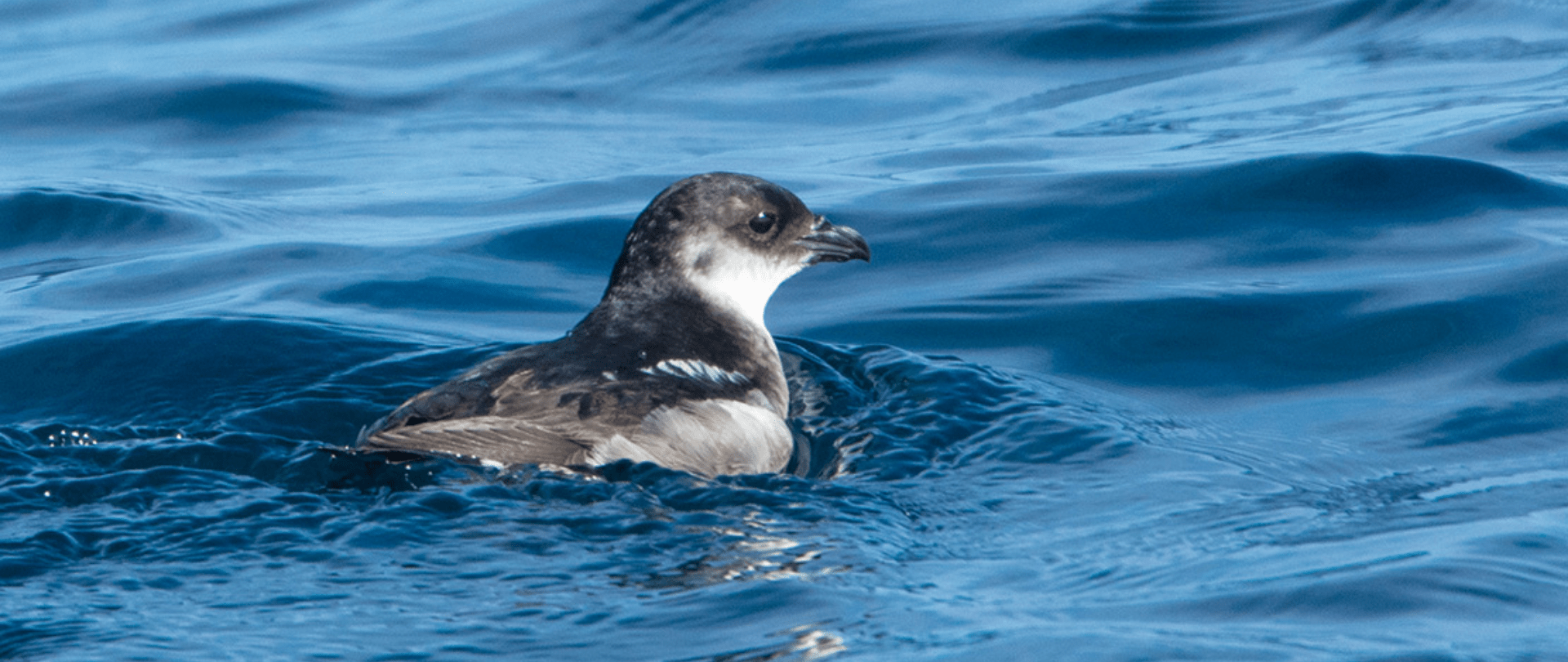
After decades of absence, rare Peruvian Diving-Petrels have returned to nest on Pajaros Uno island, recently free from invasive predators!

Loosiep Island in Ulithi Atoll, Yap State, is now confirmed to be free from damaging invasive species!